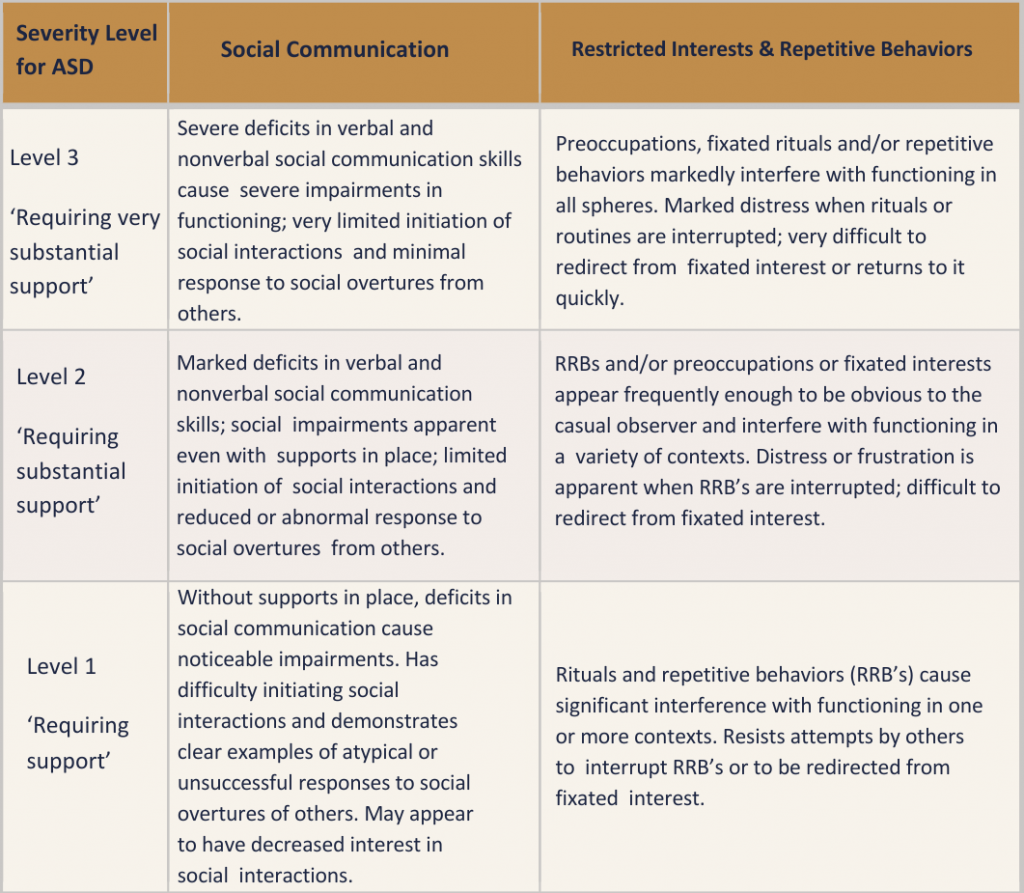Identifying and Understanding The Different Levels of Autism
There has been a long-standing debate on whether or not there are levels to autism. Some purport that autism should be considered a blanket term to identify all individuals diagnosed with the disorder, and are of the belief that autism therefore has no levels. The mere name of the disorder should be enough to end the debate however, it seems more convincing is needed. Are there different levels of autism?
Autism Spectrum Disorder is a complex neurodevelopmental disorder that affects communication, social interaction, and behavior. Autism is a spectrum disorder, which means that each person with autism experiences it differently. There are different levels of autism, which are defined by the severity of symptoms and the level of support needed. According to the Diagnostic and Statistical Manual of Mental Disorders (DSM-5), doctors categorize autism by assigning level 1, 2, or 3 to areas of functioning.
Level 1 Autism
The first level is known as Level 1, “high functioning” or “mild” autism. Individuals with Level 1 autism may have difficulty with social interactions, such as making eye contact or interpreting nonverbal cues, but are able to communicate effectively and function relatively independently. They may also have repetitive behaviors or restricted interests, but these do not interfere with daily life.
Level 2 Autism
The second level is known as Level 2 or “moderate” autism. Individuals with Level 2 autism have more noticeable social and communication difficulties. They may have trouble initiating conversations, maintaining friendships, and understanding sarcasm or jokes. They may also display repetitive behaviors or have intense interests that interfere with daily activities.
Level 3 Autism
The third level is known as Level 3 or “severe” autism. Individuals with Level 3 autism have significant impairments in social communication and behavior. They may have limited speech or be nonverbal, and they may require support with activities of daily living. They may also display repetitive or self-injurious behaviors.

It’s important to note that each individual with autism is unique and may not fit neatly into one of these categories. The level of support needed can vary depending on an individual’s strengths and challenges. With appropriate interventions and support, individuals with autism can lead fulfilling lives and make valuable contributions to society.









